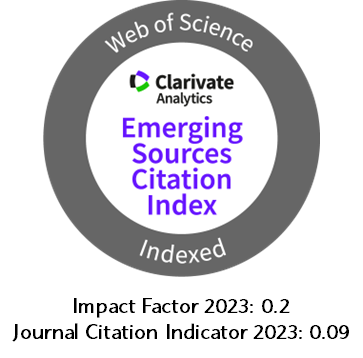Bridge-type buildings on small rivers of cities as a solution to transport problems
DOI:
https://doi.org/10.5377/nexo.v34i01.11288Keywords:
bridge-type building, small rivers, motor transport, embankments, investors, steel-reinforced concrete floor structureAbstract
The article deals with bridge-type buildings over small rivers of cities as an urban planning tool that facilitates transport problems in these cities. A large number of small rivers in cities, which create insurmountable obstacles for vehicles, separate urban districts preventing vehicles from moving from one district to another taking the shortest route. This circumstance forces vehicles to travel on major highways, overloading them and creating essential congestions. Embankments along small rivers also lead traffic flows to the main highways. As a result of the conducted research, the authors propose to create bridge-type buildings with transport turnpikes through these obstacles, using them for the infrastructure necessary for the city. Such bridge-type buildings can be constructed at the level of embankments, avoiding access trestles that significantly clutter up the adjacent streets and require reconstruction of the surrounding territories. Small bridge-type buildings for these purposes with a span of up to 25 m based on steel-reinforced concrete structures are not expensive and can be financed by investors in case of their interest to rent premises located on the floors of such bridge-type buildings.
Downloads
556
Downloads
Published
How to Cite
Issue
Section
License
The authors who publish in Nexo Scientific Journal agree to the following terms:
- Authors retain the copyright and grant the journal the right of the first publication under the license Creative Commons Attribution License, which allows others to share the work with a recognition of the authorship of the work and the initial publication in Nexo Scientific Journal.
- Authors may separately establish additional agreements for the non-exclusive distribution of the version of the work published in the journal (for example, in an institutional repository or a book), with the recognition of the initial publication in Nexo Scientific Journal.
- Authors are allowed and encouraged to disseminate their works electronically (for example, in institutional repositories or in their own website) before and during the submission process, as it can lead to productive exchanges, as well as earlier and greater citation of published works.











